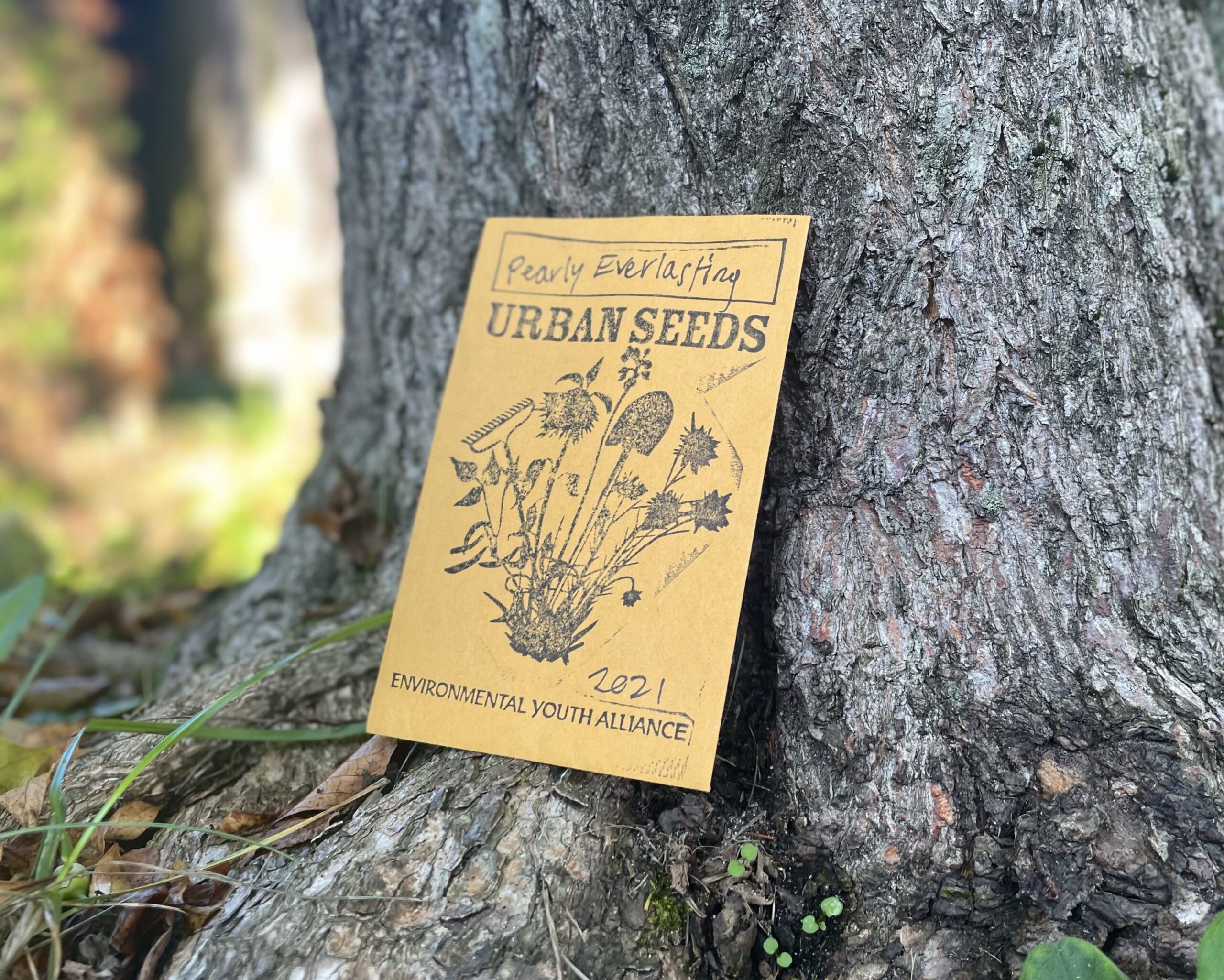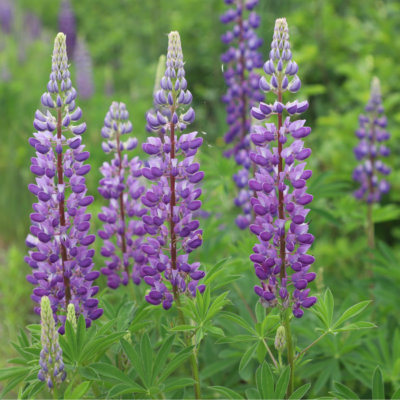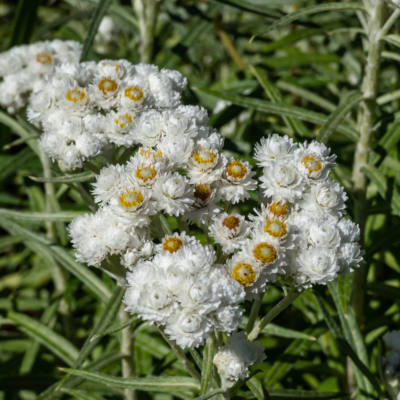News
A Guide To Our Youth-Grown Native Plant Seeds
Got your hands on some native plant seeds and not sure what to do? Don't worry! We'll tell you all about their growing needs, and much more!

Planting a seed can be a powerful act of reciprocity and symbol of gratitude for the gifts nature provides us – and the Fall is the perfect time to get your native plant seeds in the ground!
To kickstart our 2023 Winter Fundraising Campaign, we’re offering youth-grown native plant seeds to donors until November 30th. Your donations will help us raise $20,000 by the end of the year to support our work empowering the next generation of environmental stewards.
Native plants play a critical role in maintaining biodiversity and fostering a habitat where both flora and fauna can thrive. Here’s how you can plant and care for some of our youth-grown native plants!
Calendula
(Calendula officinalis)

Annual non-native plant with striking yellow and orange flowers which are quick to bloom. Well known for its medicinal properties for the skin.
Timing: Can be directly sown outdoors two weeks after the last frost date. Seeds can be started indoors in seed trays 3-4 weeks before frost-free date and transplanted into the garden.
Seeding: if growing outdoors, drop seeds every 6” or so, then cover with soil, pat gently and water. Seeds should germinate within a week, and plants will blossom 6-8 weeks later:
Growing: Keep in full sun and lightly watered until germination and plants appear. Calendula is mildly spreading.
Yarrow
(Achillea millefolium)
 Perennial native herb with soft, fern-like leaves. Whitish-pink flowers bloom from spring through late summer and attract insects and pollinators. Many medicinal properties, including wound healing.
Perennial native herb with soft, fern-like leaves. Whitish-pink flowers bloom from spring through late summer and attract insects and pollinators. Many medicinal properties, including wound healing.
Timing: Direct sow outdoors in the fall to allow for natural stratification, or start indoors in late winter or early spring.
Seeding: Seeds should be surface-sown, then lightly pressed into the soil. If sowing outdoors, choose a weed-free area. If sowing indoors, stratify seeds for 2 weeks in the refrigerator then sow in pots. Place in a warm, sunny area. Mist to keep soil moist.
Growing: Grow in full sun to part shade. Prefers moist to dry, sandy or rocky soils. Drought tolerant.
Big Leaf Lupine
(Lupinus polyphyllus)
Perennial native herb with tall purple or blue flower spikes from June through autumn. Blooms attract native bees and other pollinators. Seeds provide food for birds and small mammals in the fall.
Timing: Direct sow outdoors in the fall to allow for natural stratification, or start indoors in fall or early spring.
Seeding: Seeds should be surface-sown, then pressed 5 mm into the soil. If sowing outdoors, choose a weed-free area. If sowing indoors, stratify seeds for 2 weeks in the refrigerator then sow in pots. Place in a warm, sunny area. Mist to keep soil moist.
Growing: Grow in full sun to part shade. Well-drained, moist to wet soils. Tolerates poor soils, gravel, or rocky areas.
Pearly Everlasting
(Anaphalis margaritacea)
Perennial native herb with fuzzy silver-grey leaves and papery flowers. Long bloom period from late summer through fall. Food source for painted lady butterfly caterpillars. Many medicinal properties; tea from seed heads is a cold remedy.
Timing: Direct sow outdoors in the fall to allow for natural stratification, or start indoors in late winter or early spring.
Seeding: Seeds should be surface-sown, then lightly pressed into the soil. If sowing outdoors, choose a weed-free area. If sowing indoors, stratify seeds for 2 weeks in the refrigerator then sow in pots. Place in a warm, sunny area. Mist to keep soil moist.
Growing: Grow in full sun to part shade. Thrives in most soil conditions, even harsh gravel areas. Drought-tolerant once established.
Canada Goldenrod
(Solidago canadensis)
Hardy perennial native herb with tall stems topped with branching clusters of small yellow flowers from July to October. Blooms offer important late season food resources for native pollinators and can be used as a natural plant dye.
Timing: Direct sow outdoors in the fall to allow for natural stratification, or start indoors in late winter or early spring.
Seeding: Seeds should be surface-sown and lightly pressed into the soil. If sowing outdoors, choose a weed-free area. If sowing indoors, stratify seeds for 2 weeks in the refrigerator then sow in pots. Place in a warm, sunny area. Mist to keep soil moist.
Growing: Grow in full sun to part shade. Prefers moist soils, but can tolerate drier, rocky soils.